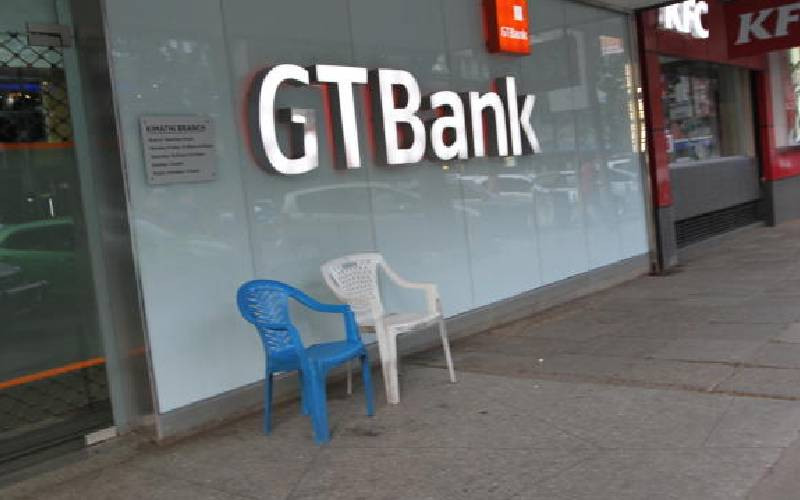Majority of Kenyans, mostly in the rural areas, do not have access to affordable credit. This is despite the banking industry, a leader in the credit industry recording huge profits, in addition to unveiling various innovative financial products targeted at middle to upper income urban consumers.
"A significant portion of the rural population has no access to affordable credit and has to rely on State agencies like the Agricultural Finance Corporation or the more expensive microfinance institutions who specialise in short term lending," said Billow Kerrow, Chairman of the Finance Commerce and Budget Committee, Senate.
He made these remarks Wednesday during the Annual Financial Services Conference and Exhibition, organised by the Institute of Certified Public Accountants of Kenya (ICPAK), at KICC, Nairobi.
Available figures indicate that Kenya enjoys better financial access compared to her peers in Africa. The percentage of the population living within three kilometres of a financial access touch point stands at 58.7 per cent in Kenya, 44.1 per cent for Uganda, 42.7 per cent for Nigeria and 28.3 per cent for Tanzania.
But even with these impressive statistics, a large majority of small and medium sized enterprises have no access to affordable credit. "Women and youth still have to rely on funds set up by the State because the formal financial sector is yet to accommodate them.
The Government has to rely on foreign borrowings despite a large financial sector that has not left their comfort zone of making huge returns from their traditional income sources," said Kerrow.
The Saccos considered an alternative channel for credit still suffer legacy issues with large organisations such as the Kenya Planters Co-operative Union trying to be out of debt and faces the risk of liquidation. Figures indicate that the amount of net loans issued by the banking sector has risen from Sh 223 billion in 2002 to Sh 1.4 trillion in 2013.
However, banks are still seen as elitist with high interest rates locking out many from accessing affordable bank credit. Kenya's blue print, Vision 2013 envisages that the financial sector be transformed into an innovative and globally competitive sector to drive up savings to finance the country's investment needs.
"This goal cannot be achieved if the vision's three objectives of enhancing financial system stability, efficiency and expanding financial inclusion are not addressed," said Benson Okundi, ICPAK chairman.
 The Standard Group Plc is a
multi-media organization with investments in media platforms spanning newspaper
print operations, television, radio broadcasting, digital and online services. The
Standard Group is recognized as a leading multi-media house in Kenya with a key
influence in matters of national and international interest.
The Standard Group Plc is a
multi-media organization with investments in media platforms spanning newspaper
print operations, television, radio broadcasting, digital and online services. The
Standard Group is recognized as a leading multi-media house in Kenya with a key
influence in matters of national and international interest.
 The Standard Group Plc is a
multi-media organization with investments in media platforms spanning newspaper
print operations, television, radio broadcasting, digital and online services. The
Standard Group is recognized as a leading multi-media house in Kenya with a key
influence in matters of national and international interest.
The Standard Group Plc is a
multi-media organization with investments in media platforms spanning newspaper
print operations, television, radio broadcasting, digital and online services. The
Standard Group is recognized as a leading multi-media house in Kenya with a key
influence in matters of national and international interest.








